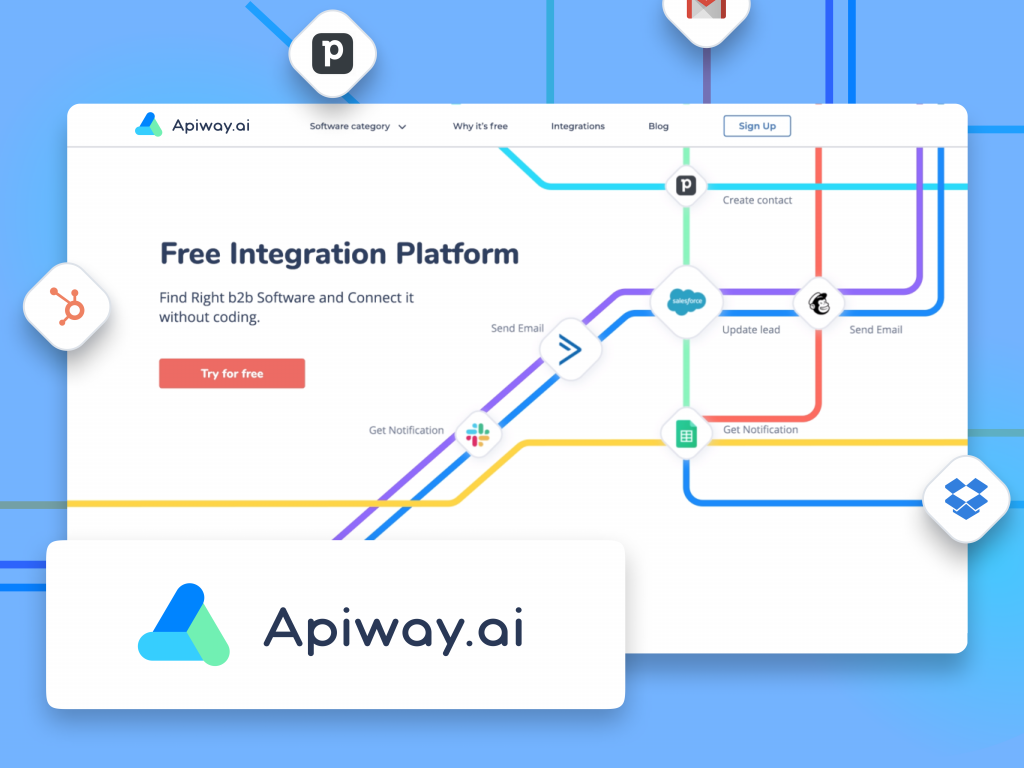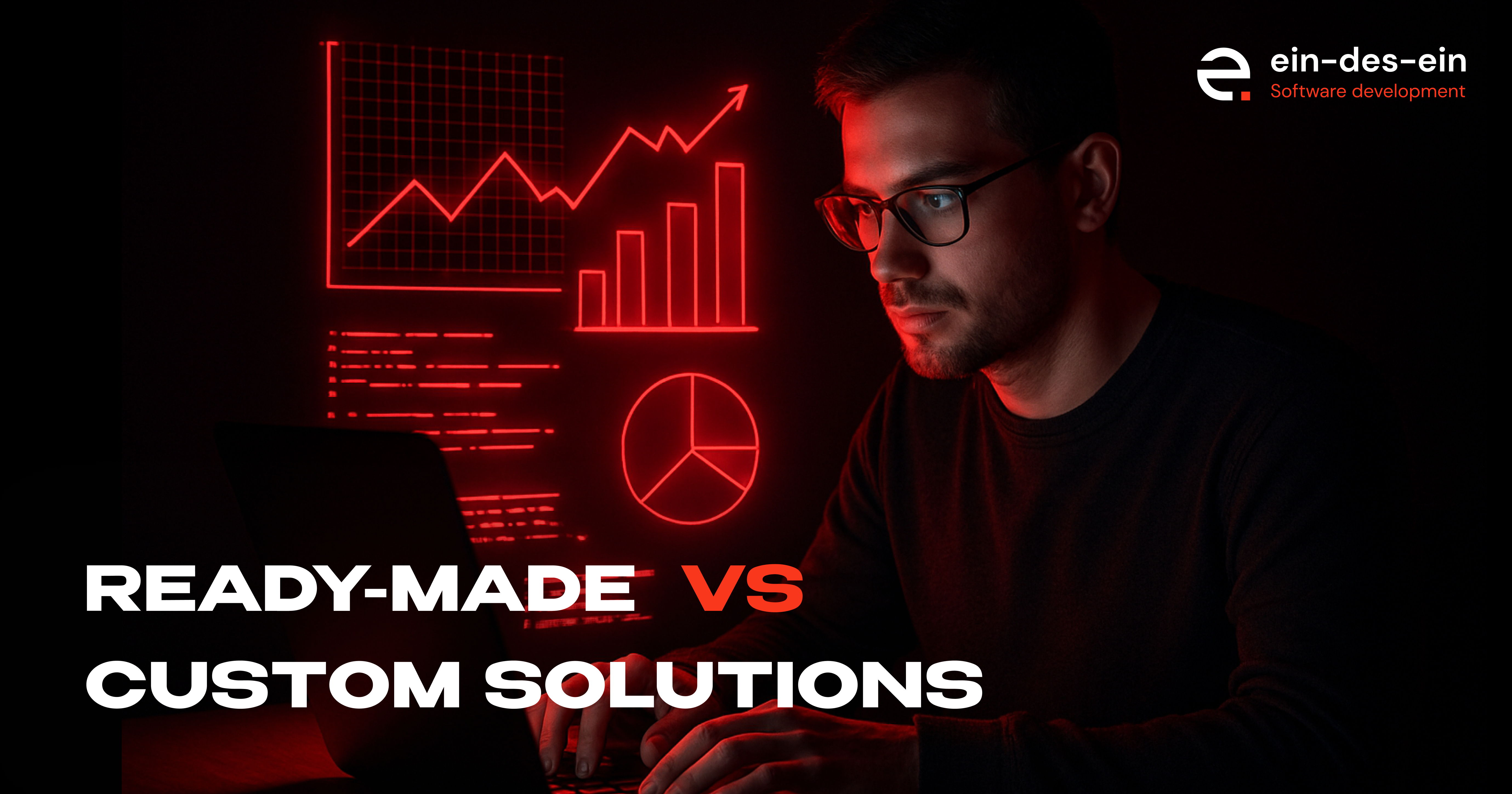Brand identity is the way a brand presents itself to the world, including its personality, tone of voice, and visual appearance. It is a key factor in how consumers perceive and remember a brand. The essential elements of brand identity include:
Name: The name of a brand is an important part of its identity and should be memorable, easy to pronounce and spell, and appropriate for the brand’s image and target audience.
Logo: A logo is a graphical element that, together with its logotype (a styled typeface) or slogan, represents a brand. A well-designed logo should be simple, memorable, and appropriate for the brand.
Color palette: A brand’s color palette should be consistent across all materials and should be chosen to reflect the brand’s personality and target audience.
Typography: The typefaces and font styles used in a brand’s materials should be consistent and appropriate for the brand’s image and target audience.
Imagery: The images and graphics used in a brand’s materials should be consistent with the brand’s overall identity and should help to tell its story.
Tone of voice: The way a brand communicates, both verbally and in writing, should be consistent and should reflect the brand’s personality and values.
Values: A brand’s values should be reflected in its messaging, actions, and decision-making, and should be communicated to its audience.
By establishing and consistently maintaining these elements, a brand can create a strong, cohesive identity that resonates with its target audience.












